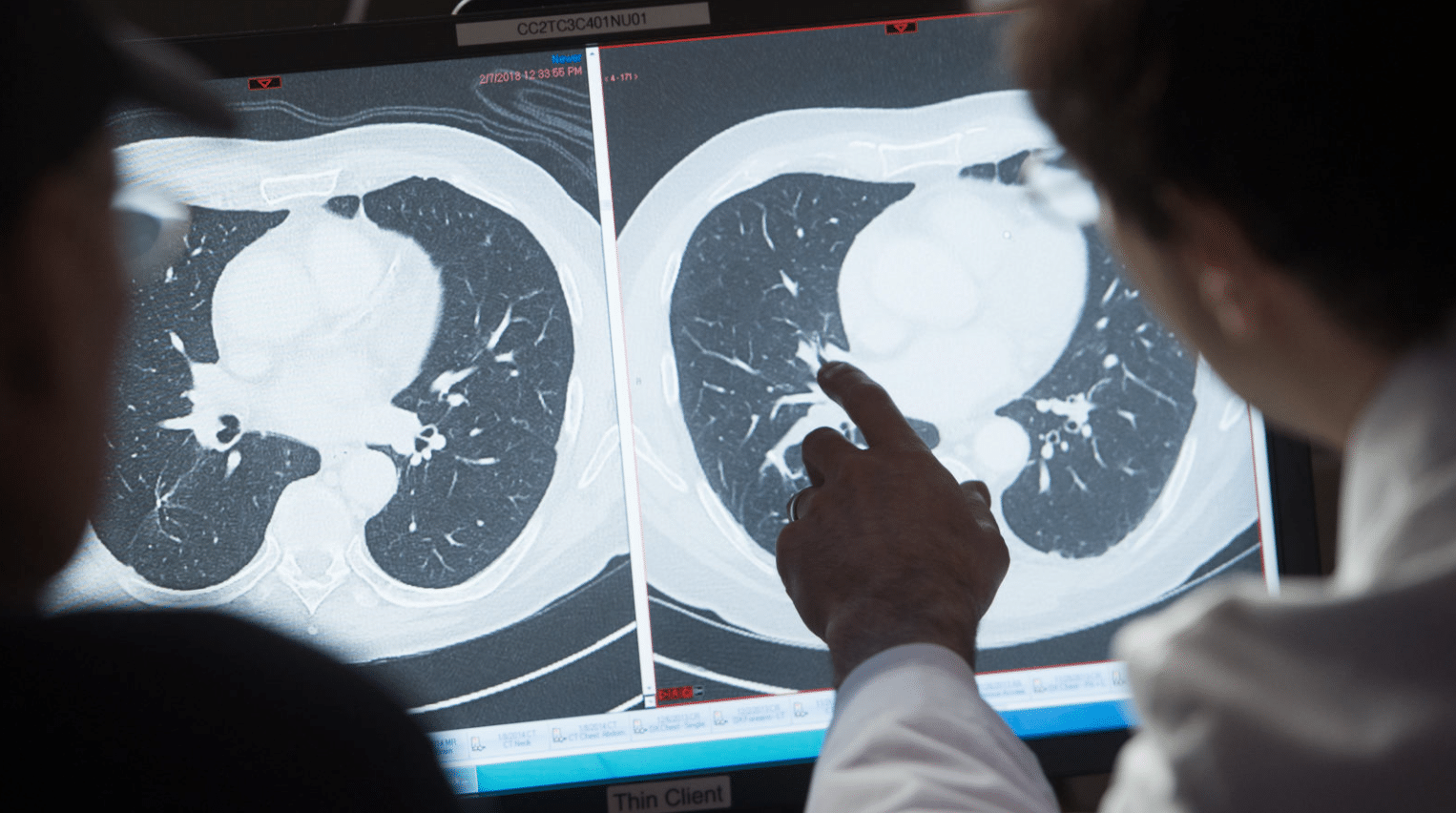
Biologists Tyler Jacks and Jonathan Weissman’s mice may look like any other lab mice — plain, pale, and furry — but cancer geneticists see them as a “technical tour de force.”
“It’s a pretty heavily engineered mouse,” said Weissman, a biologist at the Whitehead Institute.
Engineered into that mouse is intricate molecular machinery that allowed Weissman and his team to trace the ancestries of single tumor cells, placing them on a tumor’s family tree with an unprecedented level of detail. With those findings, scientists say that Weissman, in a new paper published this month, has begun to uncover new insights into the fundamental biology of tumors and how they evolve.
“It’s like a molecular flight recorder like the black box on a plane,” Weissman said. With this technology, developed by his lab and others, “you can reconstruct the history of how a tumor evolved and became aggressive, even try to understand the vulnerabilities that a tumor has at a very early stage.”
The detailed tumor evolution in the study is something that’s completely new to cancer research, said Kamila Naxerova, a systems biologist at Massachusetts General Hospital who studies tumor evolution and was not involved with the work. “There’s no comparison,” said Naxerova, one of several outside experts who called the work a tour de force. “This is something now uniquely enabled by the methods they used here — how different cancer cell states change over time as the tumor lineage evolves? There’s no prior data.”
Malignancies begin with a normal cell quietly accumulating cancer-causing mutations and passing them on to its pre-cancerous children. This lesion can fester for years, but over time these mutations can twist the shapes and structures of healthy tissues into a jungle of deformities. Often once a tumor is found, it’s an array of warped cells, many with vastly different appearances and features, all cobbled together like a cursed mosaic.
The diversity of tumor cells is part of cancer’s threat. Some of those cells can — and often do — pick up distinct abilities like growing aggressively, spreading across the body, or resisting certain therapies. The technology inside Weissman’s mice helps to disentangle some of the details of that evolution by creating a molecular ancestry record in every cancer cell.
This works by using a protein called Cas9, which scientists use to engineer mutations into genetic material, and engineered rolls of DNA inside the mouse’s cells that serve as a molecular record book. The scientists engineered their mice to carry these components, and together they make a molecular machine. The protein progressively scribes mutations into this DNA record, which then get passed down to all the cell’s descendants. “The Cas9 is constantly online, randomly making marks at different locations in that sort of scratch pad,” Weissman said. “So, when two cells share the same mark in the same place, that’s because it happened in an ancestor.”
Once the expert researchers engineered these mice, they forced the mice to inhale a virus that activated the molecular record book as well as common cancer-causing mutations in the mouse’s lung cells. “Then you wait months and over time, a subset of them grow and form a mass,” Weissman said. “Some of those cells get additional changes and become cancerous, and we’re able to follow how they evolved.”
At the end of the study, the investigators took the tumors out of the mice and analyzed them one cell at a time, looking for two main things. First, they looked at which genes were turned on in each cancer cell. That gave the scientists an idea of physical traits the cell had and whether it bore any resemblance to other healthy cell types — like other lung cells, gastric cells, or cells from other tissues.
Photo by: SAUL LOEB/AFP/GETTY IMAGES
Back to Latest news